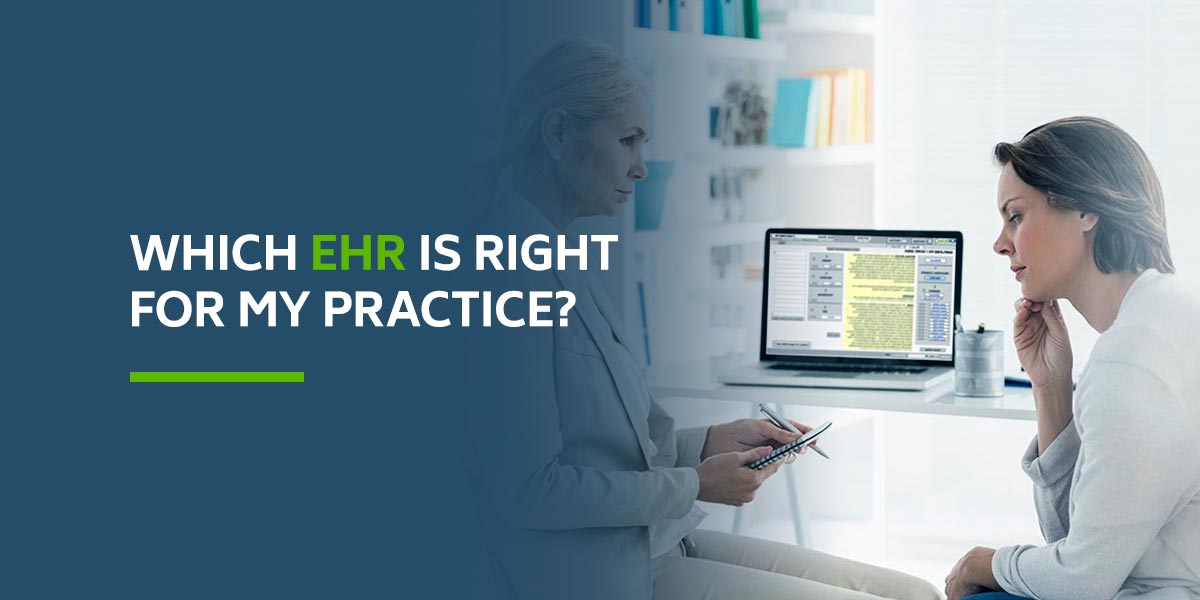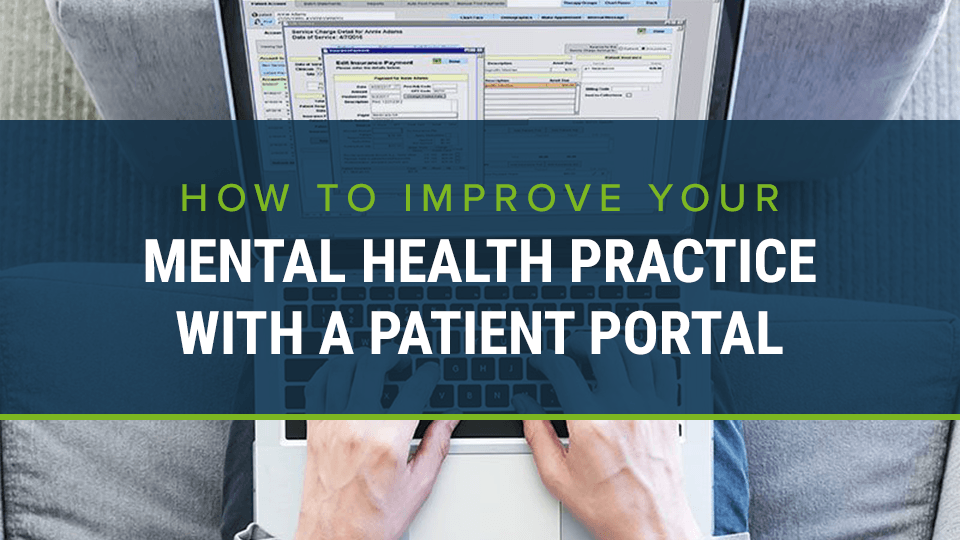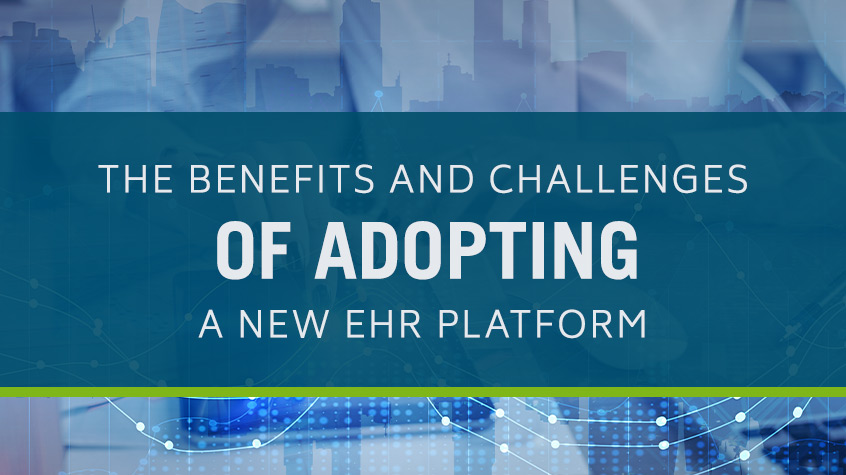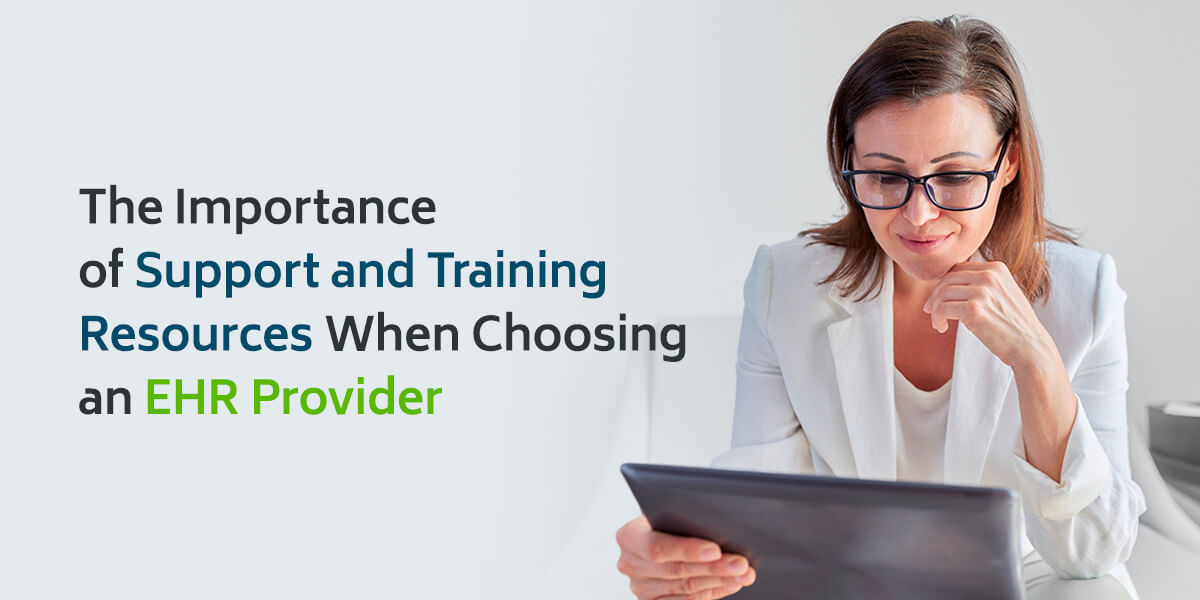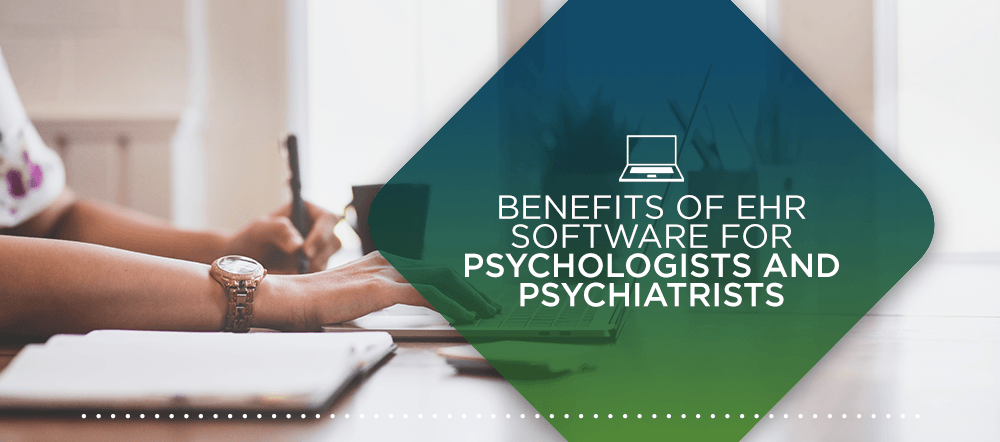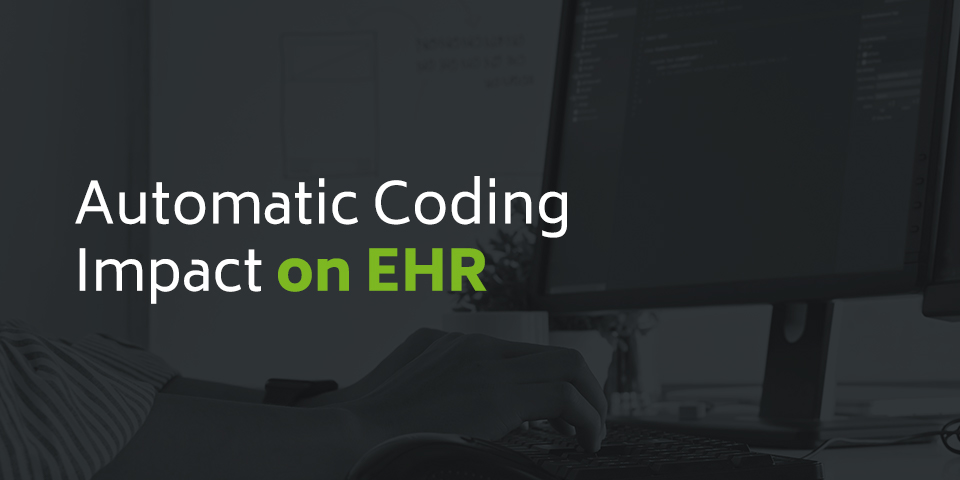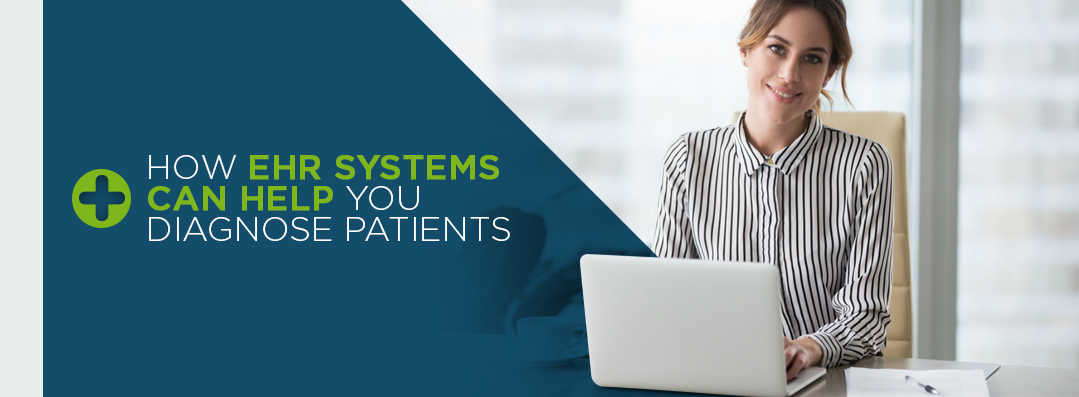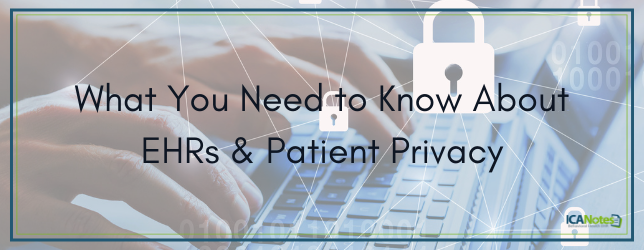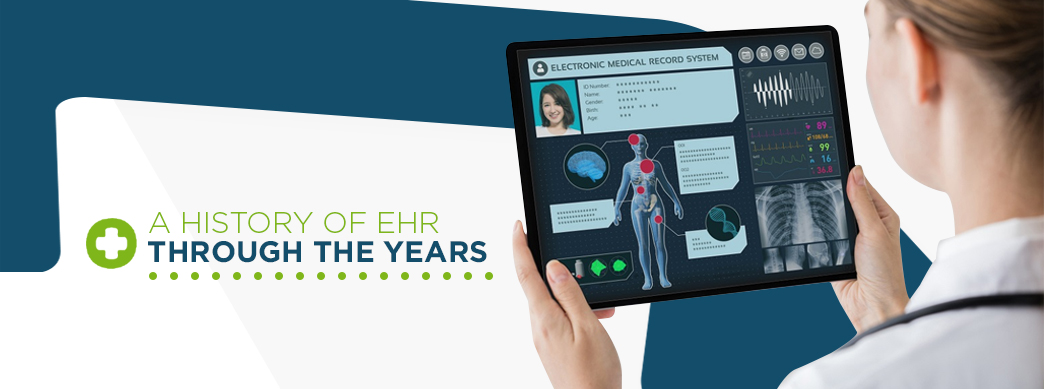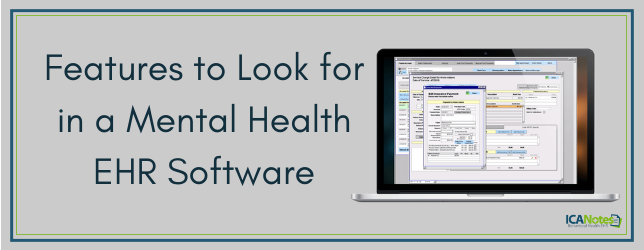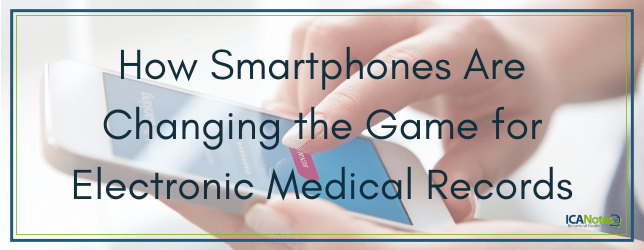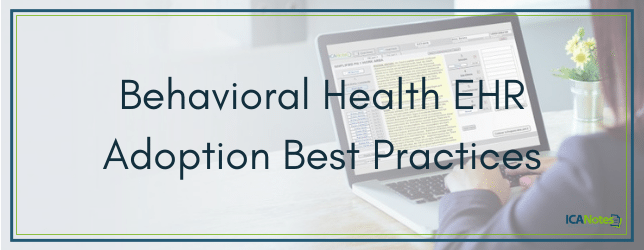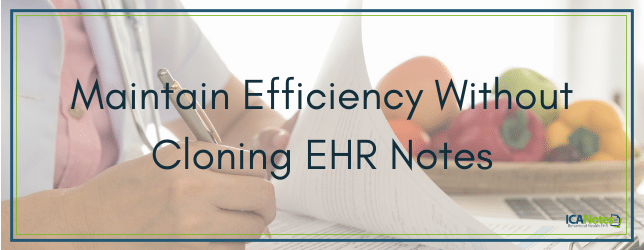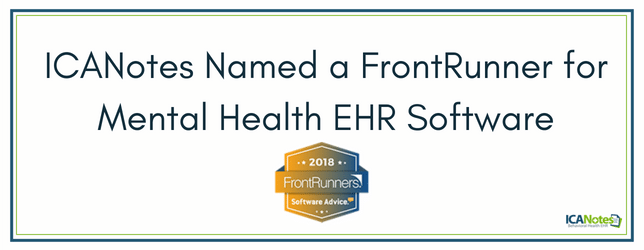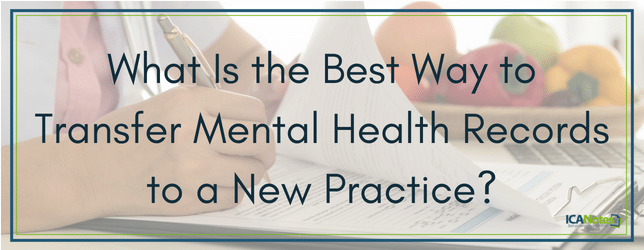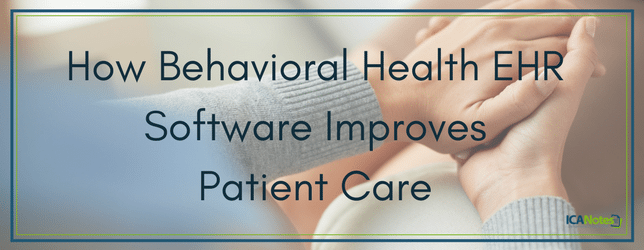Financial Benefits of Transferring to EHR

The use of electronic health records (EHR) is on the rise, due in large part to federal mandates. Since 2008, the use of EHR in physician-based practices has more than doubled. By 2017, nearly nine out of 10 practices were using any sort of EHR, and nearly four out of five were using a certified EHR system. The use of EHR in behavioral health practices has also become widespread.
Many medical practices adopted EHR systems because of incentives in the Health Information Technology for Economic and Clinical Health (HITECH) Act and mandates in the American Recovery and Reinvestment Act of 2009. If your practice has yet to transfer its health records from a paper-based system to an EHR or is using one EHR system and would like to switch to another, there are financial benefits of doing so. Conducting a cost-benefit analysis of an EHR platform can help you see the impact of electronic health records on your practice.
Table of Contents
Financial Benefits of Transferring to EHR
- Increased Efficiency
- Reduced Use of Office Supplies
- Increased Security
- Easier Adoption of Regulations
- Fewer Mistakes
- Save Money and Switch to EHR
Increased Efficiency
One notable benefit of transferring to an EHR is increased efficiency. Once time-consuming processes can take place almost instantly when health records are digitized. Switching to an EHR also means less time spent looking for actual patient files. Take a closer look at some of the ways transferring to an EHR leads to increased efficiency and greater cost savings for your practice.
1. Streamlined Filing and Organizing
If you use a paper-based filing system, the start or end of the workday might look something like this. The receptionist or assistant pulls the files for the patients who will be seen the next day and puts back the files for patients who were seen earlier in the day.
They might have to hunt around for some of those files, as they might not be where they should be. A provider might have left a file on their desk, for example. Once they've pulled the right files, they need to sort them in order of appointment time.
The process of pulling physical files can take a long time and can also be frustrating if things aren't where they should be. The person responsible for gathering the files might end up running around the practice, desperate to file a patient's records before their 2 p.m. appointment. With an EHR system, there's no need to physically track down the files. When it's time to see a patient, the provider just needs to pull up their record in the system. They can usually do so by searching by name.
An EHR also saves time and money by eliminating the need to physically sort and file away patient paperwork. With a paper-based system, patient documents must go in the correct file and in the correct order. If patient paperwork ends up in the wrong folder or gets pushed into the middle of a file, it can be difficult to track it down again.
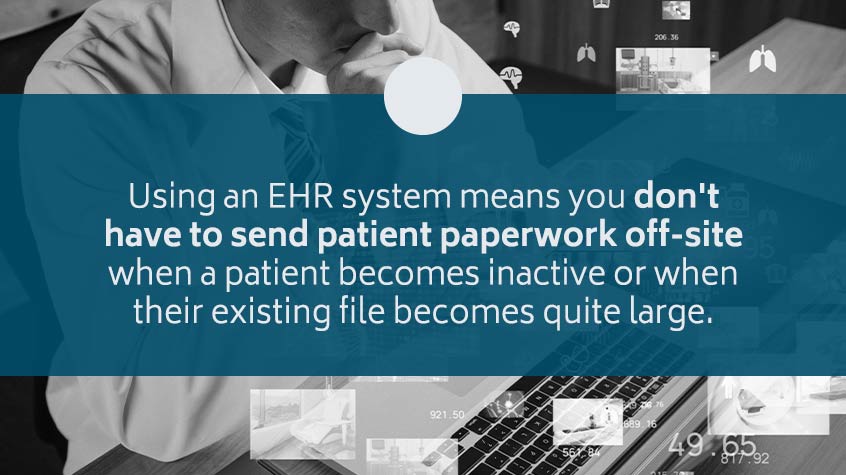
Using an EHR system means you don't have to send patient paperwork off-site when a patient becomes inactive or when their existing file becomes quite large. All of the documents are stored electronically, meaning there's no reason to pay for secure off-site storage.
2. Improved Communication With Insurance Companies
Time is money when it comes to submitting claims to insurance companies after you see a patient. Insurance companies typically have deadlines by which you need to submit a claim to get reimbursed. If you miss the deadline, you'll either have to bill the patient or miss out on getting paid for the service.
An EHR system will typically allow you to submit claims to insurance providers using electronic data interchange, which automates the claims submission process. Your claims reach the insurance company faster and get reviewed more quickly, leading to potentially faster payments.
Using an EHR system to communicate with patients' insurance companies also reduces the chance of having mistakes on the claim form. If you submit claims by hand, a staff member may write the wrong patient's name down on the form or the wrong insurance number. Transcription errors can also occur when you submit paper claims, and those errors aren't likely to get caught before the claim gets sent through. With electronic submission, the claim is reviewed immediately. Any issues, like a mistyped billing code, can be corrected right away.
You're also likely to see an improvement in your back and forth communication with insurance companies when you transfer to an EHR. In the past, if you needed to get preapproval for a patient, you'd have to call the company and potentially wait on hold. With an EHR, you can submit the request online and take care of other matters while you wait for the response.
3. Legible Writing
It's a long-standing joke in the healthcare industry that providers have illegible handwriting. The potential impact of bad handwriting is no joke, though. Handwritten scripts are easy for pharmacists to misinterpret. They can accidentally give a patient a dose of medication that's too high or fill the wrong prescription.
The providers of laboratory testing also need to be able to decipher a provider's handwriting to ensure they perform the correct procedure or test. Sending scripts electronically means you don't have to worry that a pharmacist or lab technician will call your practice with questions. You won't have to spend time trying to decipher your handwriting, either.
Your patients will get their scripts filled accurately the first time, saving a lot of back and forth and potentially saving their lives.
Keeping electronic records also makes it easier for other team members to read details about a patient. They won't have to follow up with you with questions about the patient's care, as it will be neatly typed up and presented to them. Should you need to transfer the care of a patient to a new provider, the new provider can understand the situation quickly and won't have to spend a lot of time rehashing old issues with their new patient.
4. Better Communication With Patients
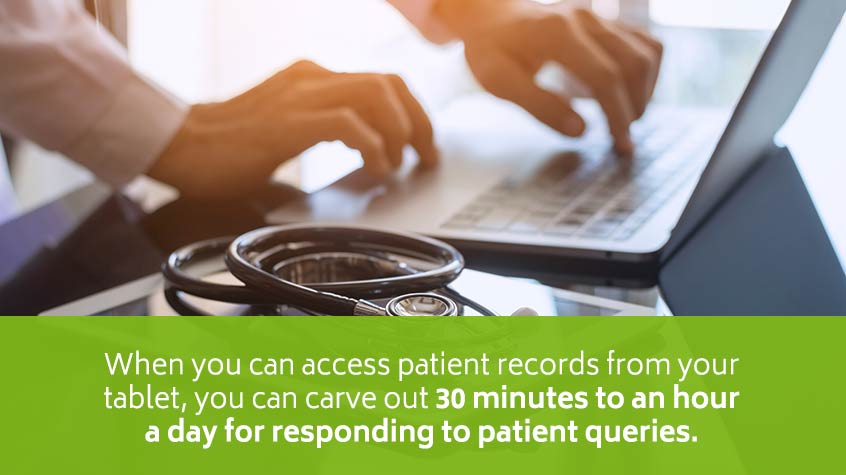
An EHR can improve your communication with patients, leading to cost savings. When you can access patient records from your tablet, you can carve out 30 minutes to an hour a day for responding to patient queries. You can message patients directly through the EHR system rather than having to spend time playing phone tag with them.
When your patient communication becomes more efficient, you spend less time trying to find the patient and more time providing their care. You can care for more patients the more efficient your communication system is.
Patients also benefit from streamlined communication. If they are waiting to hear back from you about a test result or for a prescription refill, they can simply check their email or text messages for a notification from the EHR. They don't have to wait by the phone or scramble to call your practice back if they miss a call.
An EHR also makes it easy for patients to schedule appointments with your practice, meaning they are more likely to follow up and keep coming in for sessions.
The better your practice communicates with existing patients, the more likely they are to continue to work with you. Keeping patient turnover to a minimum helps your practice's bottom line.
5. Better Use of Employees' Skills and Talents
From your practice's providers to the office manager, you probably hired your team members to perform tasks beyond tracking down and collecting patient files. When you switch to an EHR, your employees will be better able to do what you hire them to do. The office manager can find ways to improve the efficiency of the practice or can focus on negotiating better deals with suppliers and vendors. Your providers can focus on providing the best care to patients, improving the practice's reputation and potentially increasing your patient base.
Reduced Use of Office Supplies
How much does your practice spend on office supplies annually? If you'd like to cut that expense category, transferring to an EHR can help. The less paper in the office, the fewer supplies you'll need to buy to store it, print it and mark on it.
1. Filing Cabinets
When your practice first got started, a single filing cabinet might have been sufficient for your patient files. But as it grew and took on more patients, you might have had to purchase another cabinet and then another.
After you transfer paper files to an EHR, you no longer need to keep the physical copies on hand. That means you can stop buying filing cabinets. As for the cabinets your practice already has, you can sell them to someone who needs them, such as a start-up company or an individual who needs to set up a home office.
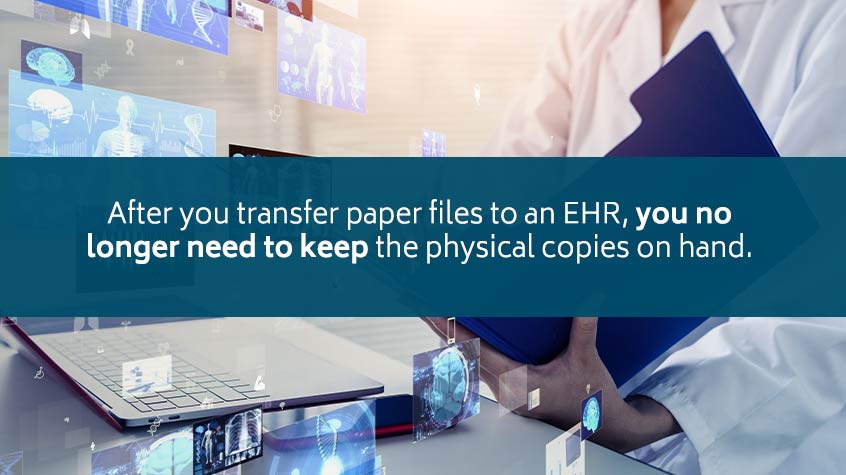
2. Paper
Whether you're printing patient files, provider notes or vendor invoices, your practice most likely uses a lot of paper if it hasn't switched to an EHR yet. Paper can be expensive, especially if you need to buy reams and reams of it each year. Switching to electronic records means you don't have to print out patient documents or communications between your practice and other providers or insurance companies.
Cutting back on paper also means you can save money on paper-associated products, such as staples and staplers, folders and labels.
3. Printers
You might not want to get rid of your practice's copier and printer just yet, but switching to an EHR does mean you'll use them less often. The less you use a printer or copier, the less toner or ink you'll need, which helps you save money on supplies. The less often the printer gets used, the less wear and tear on it, too, which means less money spent on repair calls.
4. Pens
Transferring to an EHR also means less need for pens and highlighters. Your providers can make notes directly in the patient's records, so they won't have to scramble to find a pen and your office manager won't have to order so many.
Increased Security
Certified EHR systems need to meet certain safety and security requirements to protect patients' confidential information. For that reason, switching to an EHR from a paper-based system or to a certified EHR from a non-certified system can help you keep patient data safe.
With a paper-based file system, it's relatively easy for an unauthorized individual to access patient data. They can break into your practice or even just pick up a misplaced file and walk off with it. The increased security of an EHR helps protect your practice's reputation and saves you the cost of trying to recover lost or stolen patient information.
Easier Adoption of Regulations
Healthcare regulations change over time, and your practice needs to keep up with the changes to remain compliant. When you use a paper-based system, it can be challenging to keep up with the changes, as you'll need to implement any new requirements manually. The same can be true with an uncertified EHR system. A certified EHR is likely to update as needed based on changing rules and requirements. It's easier to stay compliant when you use a system that is compliant.
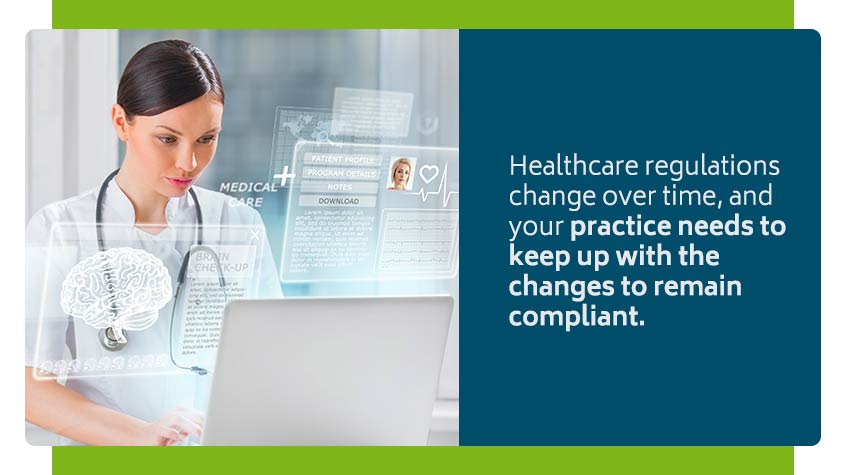
Keeping up with regulations and adopting changes as needed helps your practice avoid any potential fines for noncompliance.
Fewer Mistakes
Mistakes, whether it's a misspelled patient's name or a transcription error when putting in a billing code, cost money. They make tasks take longer and can delay the time it takes your practice to receive payment or reimbursement. Using an EHR system reduces the likelihood of mistakes occurring because it:
- Catches errors: The system is likely to catch errors before they get sent through. If an incorrect billing code gets entered, the system might ask for confirmation before proceeding. If a provider types in the patient's name incorrectly, they might get "no results found" and realize they need to correct the spelling.
- Offers a unified system: An EHR also results in fewer mistakes by presenting providers with a unified system to use. Instead of providers going their own way when creating patient records, they can use the forms developed by the EHR. The result is uniform records, with information located in the same spot on each one. The uniformity of an EHR system makes it much easier to find information when necessary, cutting down on mistakes.
Save Money and Switch to EHR
The financial benefits offered by EHR systems are just part of the reason why the use of EHR is growing. If your behavioral health practice has yet to transfer to an EHR or is looking to upgrade its current EHR system, ICANotes can help you save money and become compliant. To see the benefits of switching to an EHR for yourself, contact us today to set up a live demo and to start a free trial.

